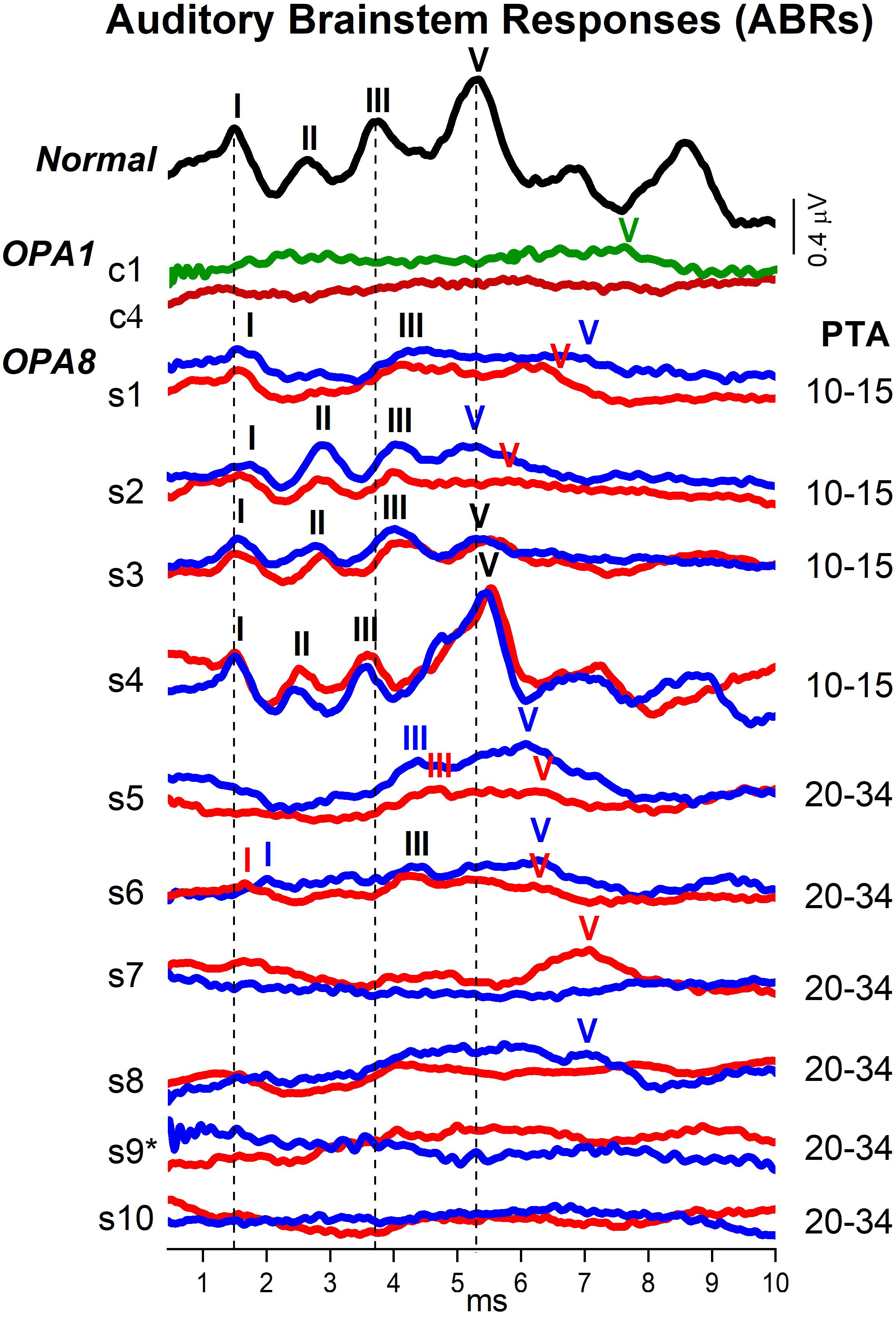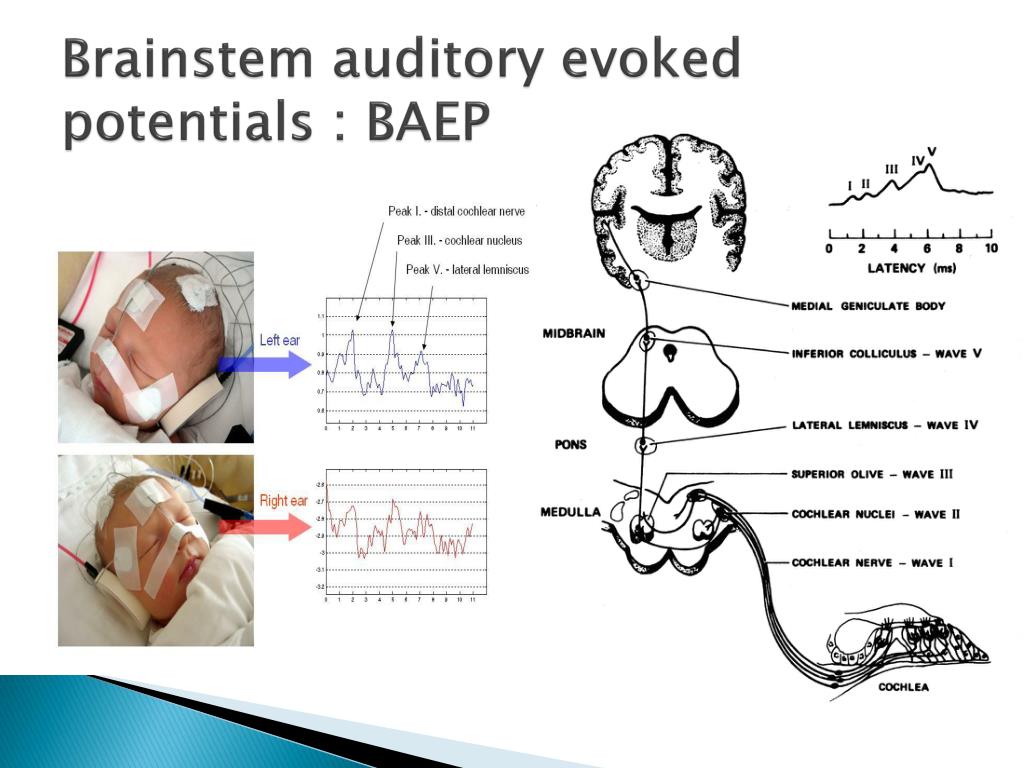

I like to think of early AEPs as non-voluntary, automatic hearing functions the ones one cannot switch off. This is potentially valuable in a clinical setting by enabling clinicians to complete a more thorough diagnostic testing within their allocated time. the most popular of which is the Auditory Brainstem Response (ABR) test. Interleaving of stimuli between the ears allows for the reduction of overall ABR test time compared to the conventional sequential method of recording. Results showed that ABR waveforms obtained in the rapid interleaved condition were a) of comparable quality and amplitude to those from obtained in the monaural slow condition, despite being recorded in half the time and b) were not affected by the significant increase in Wave V latency found with the faster monaural stimulation condition.

45.5/s) and iii) delivering monaurally at the faster t rate (e.g. 45.5/s to each ear, 90.9/s overall) ii) delivering stimuli monaurally at the slower single-ear rate (e.g. Comparisons were made between ABR waveforms obtained by i) interleaving high click-rate stimuli divided between both ears (e.g. (ABR) audiometry is high for detecting the 8th cranial nerve (N VIII) tumors. This interleaving offers several theoretical advantages, which were investigated with 19 normal hearing participants. The sensitivity of Auditory Brainstem Response. Main Outcome Measures Positive ABR and negative ABR. Patients Patients with acoustic neuromas who had both ABR tracings and magnetic resonance imaging films available for review. 105 Auditory brainstem responses to middle- and low-frequency tone pips.
Auditory brainstem response software#
The custom-written software our laboratory developed for evoked-potential recordings (O’Beirne, 2015) is capable of interleaving multiple types of stimuli to multiple transducers or destinations. Answer: auditory brainstem response (ABR) testing for detecting acoustic neuromas and to determine whether the test is less sensitive for detecting small tumors. The brainstem response to brief tones contains a large vertex-positive component and at high intensities, regardless of the rise time, the response to tones is not completely frequency specific, and notched noise masking should be used to obtain frequency-specific responses.

After a recording has been made using several thousand presentations of one type of stimulus, the clinician then commences testing using a different stimulus or intensity or delivers the stimuli to a different ear. At present, most recording s of the ABR that are performed in clinical settings utilise either one or two channels (usually corresponding to the right or left side of the head) and deliver acoustic stimuli sequentially. This response is measured clinically to obtain estimates of hearing sensitivity and identify neurological pathologies in the VIIIth nerve and ascending auditory pathway. The auditory brainstem response (ABR) is a sound-evoked electrical potential produced by the auditory brainstem in response to transient acoustic stimuli.


 0 kommentar(er)
0 kommentar(er)
